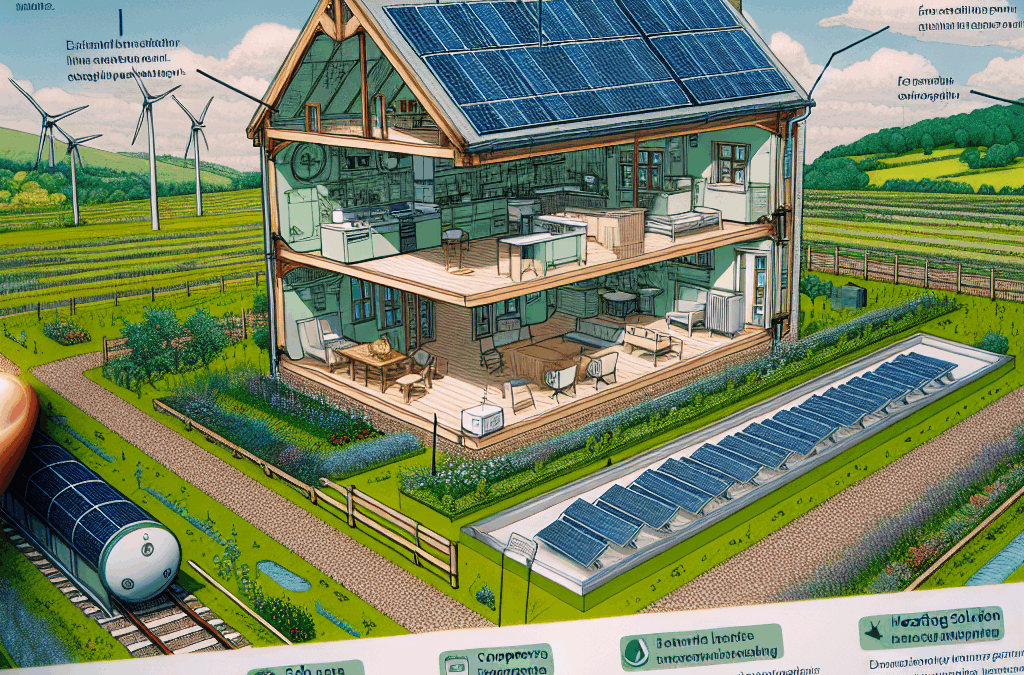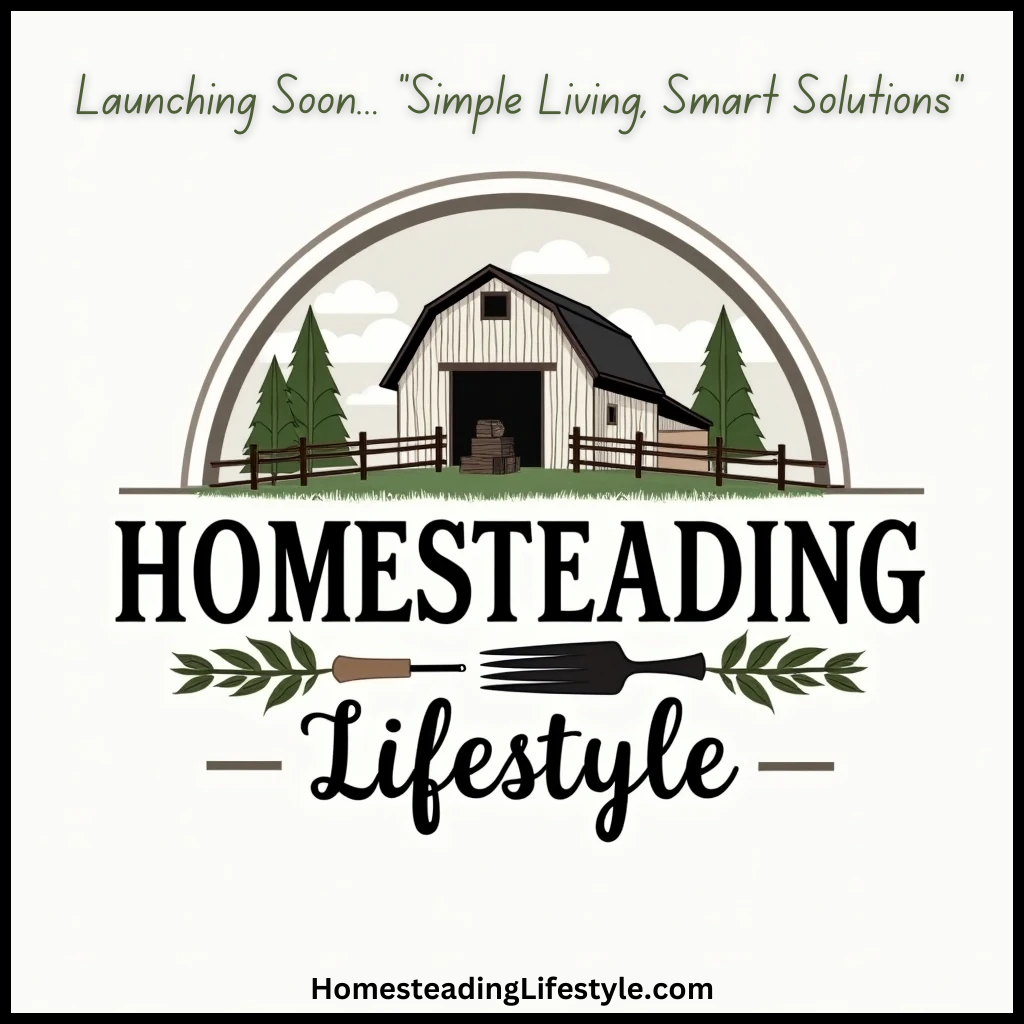Choosing the Right Heating Method
Understanding Your Options
When I first started my homesteading journey, I was overwhelmed by the number of heating options available. From wood stoves to solar panels, the choices seemed endless! To make an informed decision, I gathered as much information as I could. Each method has its pros and cons, which I found incredibly useful when figuring out what best suited my lifestyle and budget.
For instance, wood stoves provide a warm, cozy ambiance but require a good supply of wood and regular maintenance. On the other hand, solar panels can significantly reduce energy bills if paired with an efficient heating system. It’s essential to weigh each method’s efficiency and cost-effectiveness based on your specific climate and location.
Moreover, I recommend chatting with fellow homesteaders or visiting local workshops to gather firsthand experiences. Understanding what works for others can give you invaluable insights and help narrow down your options.
Integrating Multiple Heating Solutions
One of the best decisions I made was not putting all my eggs in one basket. Integrating multiple heating solutions has turned out to be a game-changer for me. For instance, I combine a wood-burning stove with a passive solar heating system.
This combo allows me to harness the sun’s energy while also having a reliable backup during those particularly chilly nights. Not only does this blend of solutions keep my space warm, but it also gives me peace of mind knowing I’m prepared for any scenario.
I encourage you to explore integrating different heating types. By diversifying, you reduce dependency on any single source, which can be super beneficial, especially when it comes to fuel costs and sustainability.
Considering the Environmental Impact
Shifting to eco-friendly heating wasn’t just about saving a few bucks; it was also about making a positive impact on our planet. I always look into how each heating method affects the environment. For example, wood-burning can be sustainable if you source your wood responsibly and maintain your stove properly.
Solar power, on the other hand, is clean and renewable but involves upfront costs for installation. I remember feeling a bit torn about the expense versus the long-term benefits. However, understanding the lasting impact of solar energy on reducing greenhouse gas emissions made the investment feel worthwhile.
, being conscious of the environmental impact makes this journey much more rewarding. It feels great to know that my choices, while sometimes challenging, are contributing to a healthier planet for future generations.
Maximizing Energy Efficiency
Insulation is Key
During my early days of homesteading, I learned the hard way that no matter how great your heating system is, if your home isn’t insulated well, you’re just wasting energy. So, I dedicated time to improving my insulation. I started by sealing up drafts around windows and doors and even added extra insulation to my walls.
This investment paid off in spades, as I noticed a significant drop in my heating bills. Better insulation not only keeps your home warmer in winter but cool in summer, which means year-round savings!
If you haven’t already, I highly suggest assessing your home for drafts and insulation gaps. Trust me, it’s one of the most satisfying projects you can tackle, and the results are immediate!
Smart Thermostats
Adding a smart thermostat was one of those upgrades I didn’t know I needed until I got one! These nifty devices allow you to control your heating from anywhere through your smartphone. I can set the temperature of my home before I even walk through the door, which is perfect for those chilly mornings when I forget to crank up the heat.
Plus, smart thermostats learn your schedule over time, adjusting the heating automatically to save energy when you’re not home. It feels so good to be eco-conscious while also trimming down those energy bills!
If you’re looking to maximize your energy efficiency without breaking the bank, investing in a smart thermostat is a no-brainer!
Regular Maintenance
This is a huge one. Regularly maintaining your heating system is critical to ensuring it runs efficiently. I learned that neglecting this led to unnecessary costs and, frankly, some chilly nights!
I schedule annual check-ups for my wood stove and ensure my solar panels are clean and in good shape. A little routine maintenance can go a long way in extending the life of your systems and preventing breakdowns when you need them most.
Never underestimate the power of maintenance! It might seem tedious, but trust me, it’s well worth the trouble in the long run.
Incorporating Renewable Energy
Solar Power Installation
One of the most exciting steps I took was installing solar panels on my homestead. Initially daunting, the process turned out to be straightforward with the right research and planning. After exploring several professional options, I opted for a local installer who guided me through all the details.
The thrill of generating my own renewable energy was indescribable! It felt liberating knowing that I was reducing my carbon footprint while also cutting back on my energy costs.
If you’re considering solar, do your homework and check if there are any incentives or tax rebates available. It can really help ease the initial financial strain.
Exploring Wind Energy
After getting comfortable with my solar setup, I began exploring wind energy. I found out that even a small wind turbine can significantly contribute to powering my homestead, especially since I have a pretty windy site!
Pumping up my energy independence with wind energy sounded like an adventure I couldn’t resist. It’s important to research zoning laws and local regulations as they can vary significantly regarding wind turbines. I realized that understanding these rules helped avoid any future headaches.
Integrating wind energy into my power sources not only diversifies my energy resources but also matches my eco-friendly ethos perfectly!
Biomass and Other Innovations
As I dived deeper into eco-friendly heating, I became aware of biomass heating systems. These use organic materials like wood chips or agricultural waste, which are renewable and often available locally. It’s a great way to close the energy loop and can be an efficient solution for homesteaders.
Plus, there’s always new technology on the horizon—like heat pumps and newer biomass models. Staying updated on these innovations means I can continuously improve my energy solutions.
Consider every resource at your disposal! There’s a world of eco-friendly options that can fit seamlessly into your homestead’s heating setup, bringing both warmth and peace of mind.
Financial Planning for Heating Solutions
Budgeting for Upfront Costs
Now, let’s chat about money. Upfront costs for eco-friendly heating solutions can sometimes be daunting. I remember staring at quotes and wondering how I could ever make it work. What helped me was creating a solid budget that included both initial investments and long-term savings projections.
I broke down each cost and analyzed how much I would save over time. Once I saw the potential for savings—as well as the environmental benefits—it felt like a no-brainer to invest.
Making a thoughtful budget allowed me to prioritize which projects to tackle first. It felt empowering to realize that I could make these green choices financially manageable!
Researching Available Grants and Subsidies
While navigating the financial side, I discovered various grants and subsidies aimed at encouraging renewable energy installations. I honestly hadn’t expected to find such support! I started applying for grants available in my county that significantly helped offset costs.
This financial boost alleviated a lot of stress for me when adding solar panels and more. Plus, knowing that the government is promoting these eco-friendly solutions made me feel even more justified in making these investments.
Don’t hesitate to dig into what’s available in your area. You might be surprised at how much support you can find!
Long-Term Savings vs. Short-Term Gains
It’s so easy to get caught up in the upfront costs of building a homestead, but I learned to focus more on long-term savings. Every eco-friendly system I’ve integrated leads to savings that compound over the years. I often remind myself that investing in quality systems pays off.
Calculating the return on investment might seem tedious, but it’s worth it! It helps reassure you that the initial investment is going to be beneficial in the long run, even though it can hurt your wallet a bit upfront.
Remember, this homesteading journey is about creating a sustainable future, both for you and the planet. Embrace the longevity and cost-saving benefits of making eco-friendly choices today!
FAQs
What are some eco-friendly heating methods for a homestead?
Common methods include wood stoves, solar heating systems, and biomass heaters. Each has unique benefits, so it’s essential to research and choose what suits your needs best.
Is it expensive to switch to eco-friendly heating?
While there can be significant upfront costs, many eco-friendly options save money in the long run through reduced energy bills and grants/subsidies you might qualify for.
How do I know if my home is energy efficient?
Consider having a professional energy audit. They can identify areas in your home that need improvement and provide suggestions for enhancing energy efficiency.
What maintenance is required for eco-friendly heating systems?
Regular maintenance includes cleaning and checking systems for efficient operation. For wood stoves, that means ensuring the chimney is clear, and for solar panels, keeping them clean and unobstructed is essential.
Can I combine different heating methods?
Absolutely! Integrating multiple sources, like combining solar power with a wood stove, can enhance your heating efficiency and provide backup during energy shortages.





